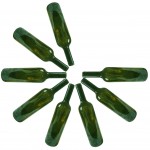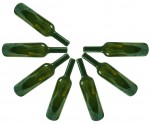
There is often a distinct lack of appreciation and good manners toward shop floor employees. Yet, lean manufacturing happens on the shop floor. Not in Excel, not in PowerPoint, not in meeting rooms. As such, you need to become part of the shop floor in order to change the shop floor. For this, you need the support and goodwill of the people on the shop floor. The first step to getting their support is to have good shop floor manners. Due to the length of the post, I have divided it into two posts. These two posts will give you some guidelines on how to behave on the shop floor. (The second post is here)







